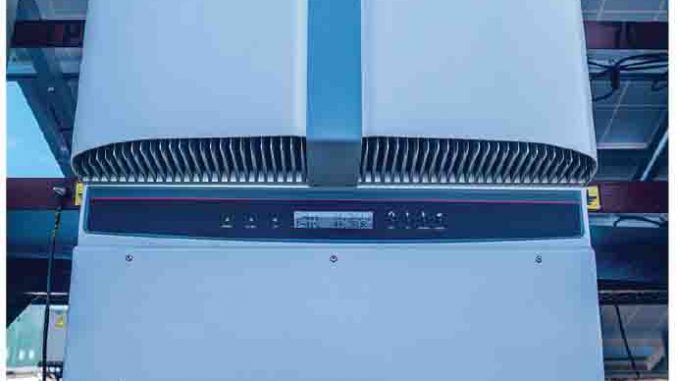
By Sarthak Takyar
After an impressive growth in capacity over the past few years, it is about time that the solar power industry took into consideration the quality aspect of projects. Given the project life of 25 years, it is important to ensure that they are built using quality components including inverters, modules, mounting structures, cables, connectors and junction boxes. The key among these are inverters, also known as the “heart of the solar power system”.
In 2018, the Ministry of New and Renewable Energy (MNRE) issued guidelines for conducting tests on power and utility-interconnected photovoltaic (PV) inverters. In these guidelines, the government mandated the compulsory registration of inverters with the Bureau of Indian Standards in line with the Solar Photovoltaics Systems, Devices and Component Goods Order, 2017. This required testing of inverters at labs. However, the industry faced certain issues in the testing of inverters. One, there is a dearth of testing labs. Two, the manufacturing community believes that getting approval for individual models is expensive and cumbersome.
To address these issues, the MNRE in April 2019 issued guidelines for grouping solar inverters before conducting quality control tests in testing labs. These guidelines were recently approved in August 2019.
The new guidelines are applicable to all solar PV-based off-grid, grid-connected and hybrid inverters of capacities up to 150 kW. As per the new guidelines, there are several inverters of the same size, rating and type, and these can be grouped together for submitting samples to testing labs. The product family will be granted approval based on testing of one model. All models that have similar hardware and software credentials are included in a single product family.
The grouping of inverters will reduce testing time and help in solving issues relating to fewer testing labs and the high cost of testing an individual inverter.
Testing and certification
According to the guidelines, the process of testing and certification of inverters will be as follows:
- The manufacturer will submit a declaration about its product and the samples of that series to the testing lab.
- The highest rated model in the product range will be tested.
- The lab will charge for testing one inverter model. A test report will be issued for all the other inverters of lower wattage.
- A product label of each series will be placed in the test report. If there is a change in construction, material or components in the family, then the product will have to again be submitted to the labs.
The grouping of inverters for testing is similar to the performance testing of batteries (lead-acid and nickel-based chemistry type), which was also introduced in April 2019. Batteries too are of varying sizes, ratings and types, and are grouped when submitting samples to testing labs. These are some positive developments towards quality improvement. In fact, the ministry has been proactively exploring innovative solutions to the challenges facing inverter manufacturers. That said, the need for new testing labs that can handle a large number of products cannot be ignored.




